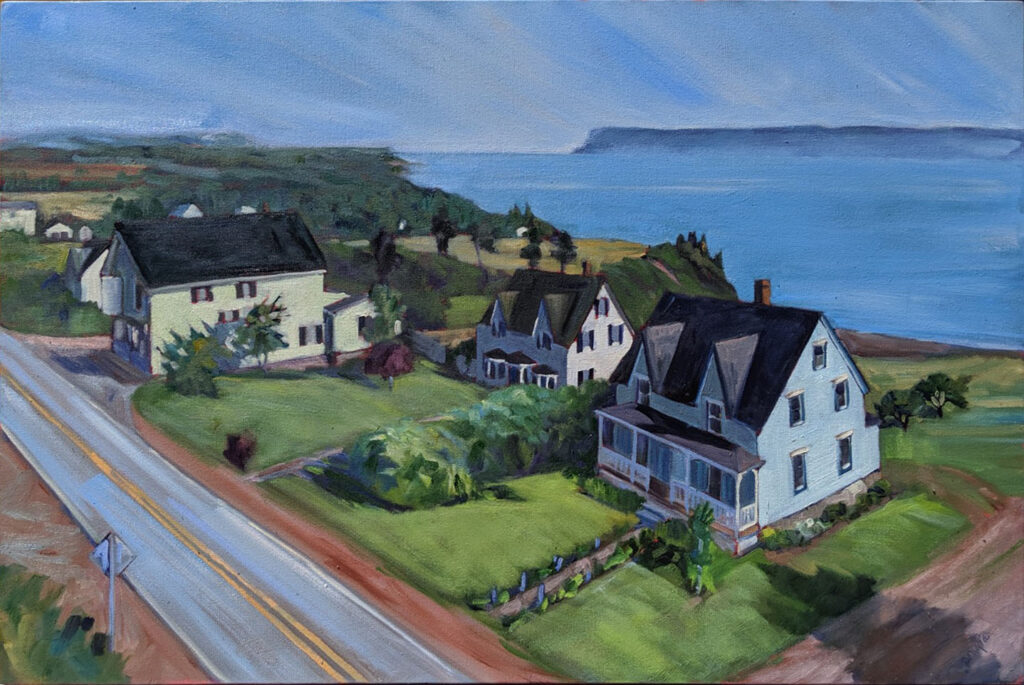
“Do you have a good source for the definition of plein air painting?” a reader asked. “Can the painting be finished in the studio? Can it span a couple days in execution?”
More useless pontification has been done on this subject than almost any other. I’ll start by pointing Tim to this essay by John Morra examining the nature of plein air painting. It stands alone, but let me add a few of my own thoughts.
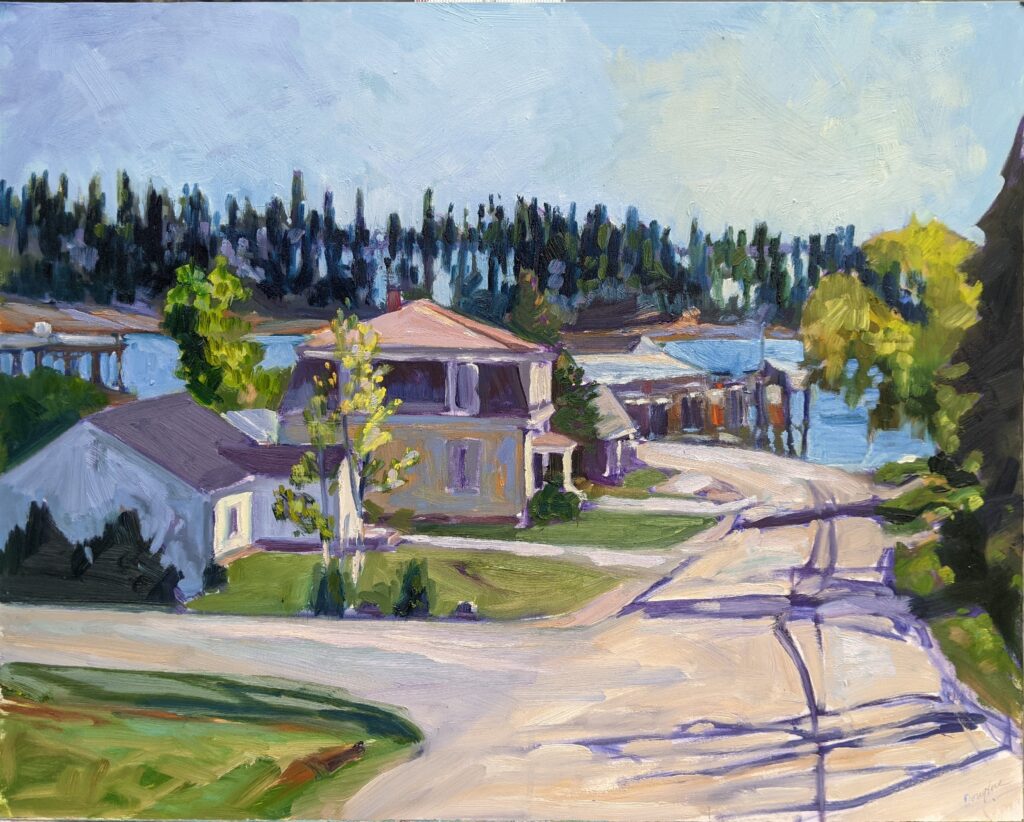
Many of us have been in a competitive plein air event and seen something passed off as outdoor painting that was clearly not painted from life. How do we know this? Because we were there. The atmospherics were wrong, that person was never in that spot, or—mirabile dictu—the oil paint has already set up hours after completion.
But mostly, we know because there’s a sort of studied perfection to a studio painting that is never there in plein air. A painting done on site is never quite as innovative as a studio landscape. Plein air can often seem labored or overworked because the artist is trying so hard. This is not necessarily a bad thing; it’s destructive when plein air events reward stylishness over content and design, as they so often do.
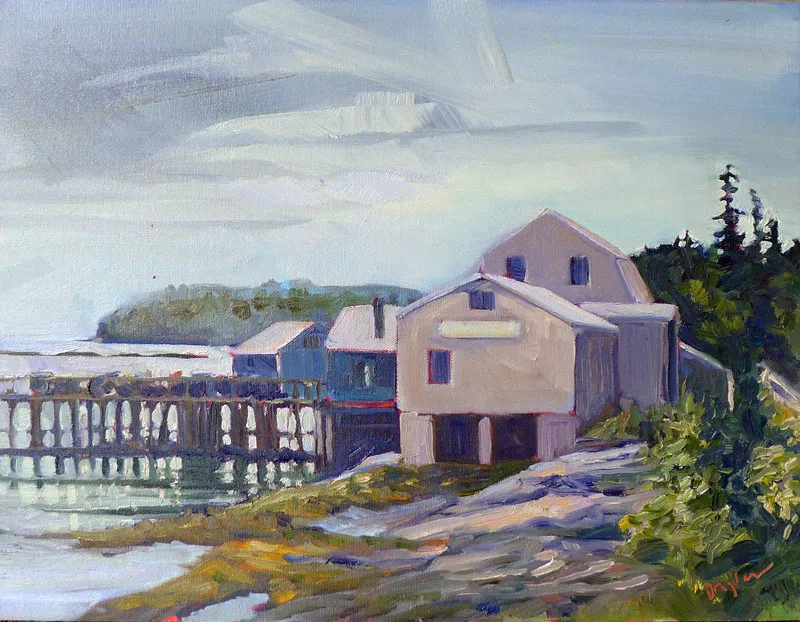
Plein air or alla prima?
Plein air means it was done outside. Alla prima means it was done ‘on the first strike’. Plein air is a description of where a painting was done; alla prima is a technique. There is no such thing as plein air style, nor is something that’s painterly more authentically plein air than something that’s linear. Can we all stop apologizing for liking realism?
Vincent Van Gogh is the personification of painterliness. Rackstraw Downes is the personification of linearity. They’re both also definitive plein air painters, even though their work looks nothing alike.
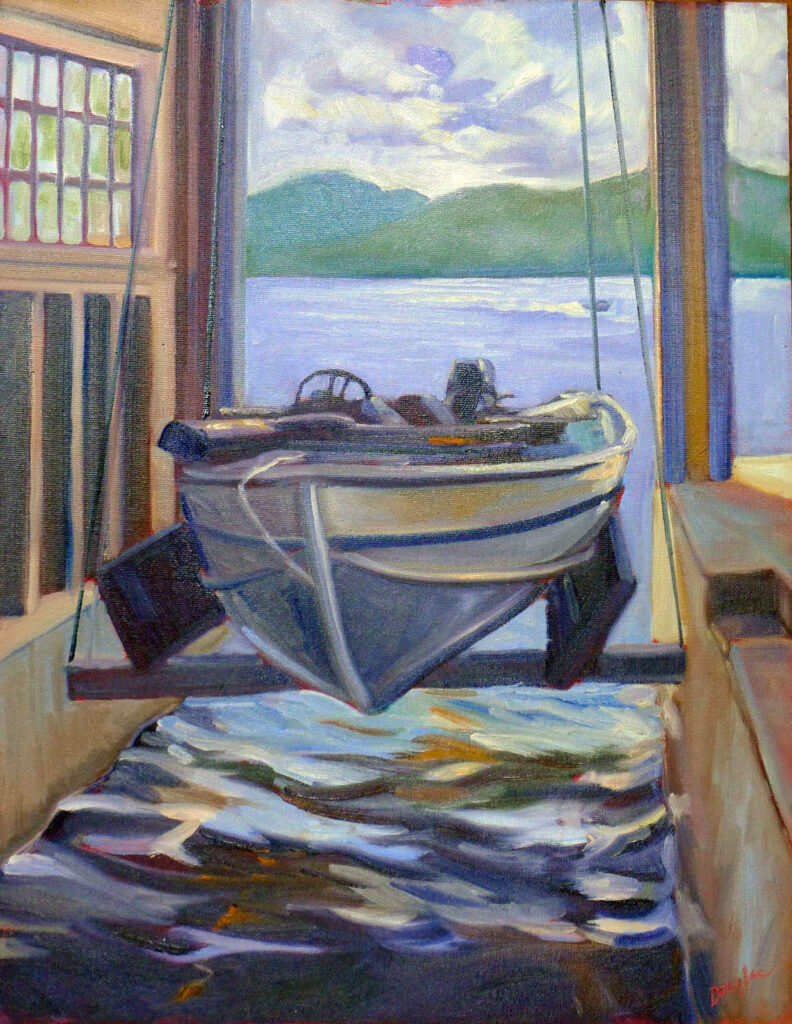
Can the painting be finished in the studio?
This is where the arbitrary rules of plein air events start to influence the actual practice of plein air painting. To say that a painting should be ‘substantially’ finished in the field is meaningless; to say it should be done 90% in the field is just as meaningless. What are they measuring? Time? The volume of paint? The area of the canvas?
I almost never finish plein air work in the studio. I invariably end up overpainting what I most loved about being outdoors. But I have friends who touch up their plein air paintings at events. If they feel that gives them a better result, more power to them. As my buddy Brad Marshall once mused, “The clients don’t care how much of it was painted outdoors; why should I?”
Sketch or painting?
Composition is one of the hardest skills in painting. The rules of composition are the same whether the piece is done in studio or in the field, and the smart plein air painter puts as much effort into the set-up of a plein air painting as he or she would for a studio piece. That’s different from the plein air sketch, which is about capturing an impression.
How long can I work on it before it stops being plein air?
“A plein air painting should be painted quickly,” Morra wrote. This is one point on which I disagree. Fast, expressive brushwork is the trope of our age, but it’s by no means the only way to paint.
I’ve done many events where we’re given two or three days to produce one work. Sometimes I paint two paintings, but more typically, I squander all my time on planning and just paint one. I inevitably like my work better than when I churn out fast sketch after fast sketch.
In fact, modern plein air painting is often so fast it sacrifices drawing. A badly drawn house or person is a rookie mistake. My own preference is for fast painting paired with meticulous drawing. Want a great contemporary example? Check out Canadian painter Marc Grandbois.
My 2024 workshops:
- Sea & Sky at Schoodic, August 4-9, 2024.
- Find your authentic voice in plein air: Berkshires, August 12-16, 2024.
- Art and Adventure at Sea: Paint Aboard Schooner American Eagle, September 15-19, 2024.
- Immersive In-Person Workshop: Rockport, ME, October 7-11, 2024.

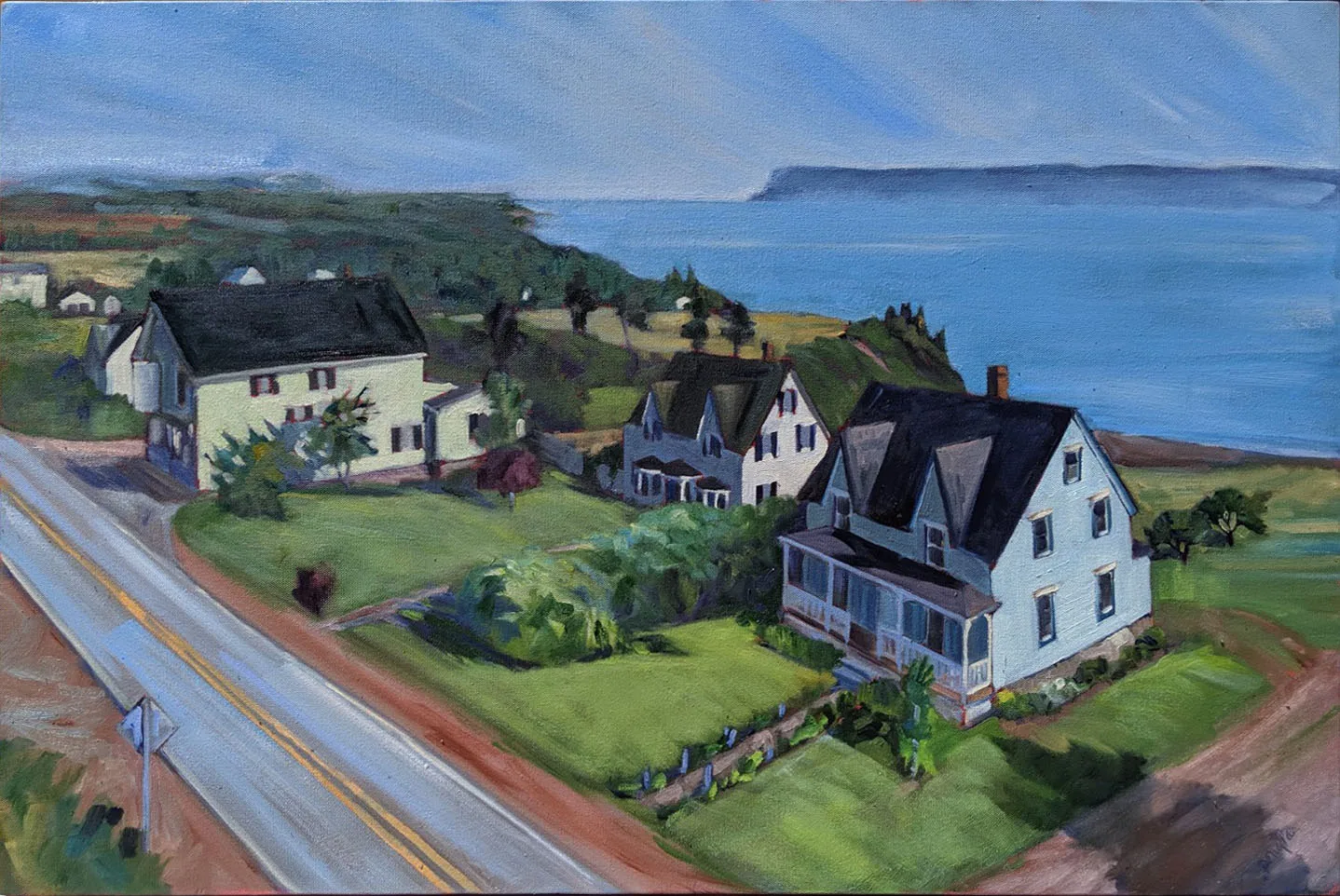
I sure wish you would get more into “it’s destructive when plein air events reward stylishness over content and design, as they so often do.”
So many events have really skillful pieces of work and yet Jurors seem to gravitate to what I call the gimmick, the piece done in a “style” no one else is doing. I don’t know if it is the novelty that strikes them or in some cases simply not knowing that when they are judging a painting, it is a product time and skill, drawing and understanding color and clear observation. Not just a manner of putting a medium down in a novel manner. This failure as I see it happens more often than not with a juror with an academic background. Understanding from museums and books is not the same as having a background in actual drawing, seeing and painting. When I hear an artist say “Well I just imagined the light for the scene…” and there was an award involved, I roll my eyes. Artists who paint, who work in the outdoors, who have taught seem to have less propensity for the gimmick because they know what is actually involved.
Well that is my peeve for today.
Well I guess I just know I hate painting from photos, even those taken outdoors! To me the life, spirit, colors, and beauty of the land is what i try and capture. I sit outside, paint, mostly in 1 time…because I’ve never seen the light be the same to come back. (And I have one or two unfinished paintings that i thought i’d come back…but the season changed and so did everything else! ) I paint till i’m done. i sign my name.
Then later inside I may very slightly adjust it. (Usually for the better.) Since I only use watercolors I don’t muck around much because I know that it’s easy to ruin a painting that way! But really though it’s not my thing…I figure anyone else is entitled to paint whatever pleases them, however they’d like.
I do know i’ve seen exhibits where the paintings I think are stunningly beautiful don’t win. It does seem at times, though not always, the most unusual painting wins. But other times, I’ve seen paintings that were so well done – whether of something i’d paint or not, that they clearly deserved the award they were given!
I guess what it comes down to is that plein aire is many things to many artists (and judges) with the common denominator that the painting at least must have started its life in the out-of-doors. I, for one, have never been able to complete a painting en plein aire, and am lucky just to find an appealing viewpoint and get a value sketch done and photos for later. In my defense, my excuse is that I am an introvert…and to me, plein aire events can be compared to speed dating (check out the speed dating scene in Sea of Love, with Al Pacino in plain clothes pretending to be looking for a date). I can’t just set up and start painting and hope for the best. I have to scan the area, feel the vibes, and sniff every rabbit hole to find “the one”. Once located, if at all, I then have to visualize a final version to see if it fits my lengthy list of interior criteria. I love being in the outdoors and the energy at those events – all of it belonging to others as they find their perfect match :-). So I will keep attending – each session provides some new learning – maybe someday I’ll get a painting at least halfway finished with no gnats sticking to it!